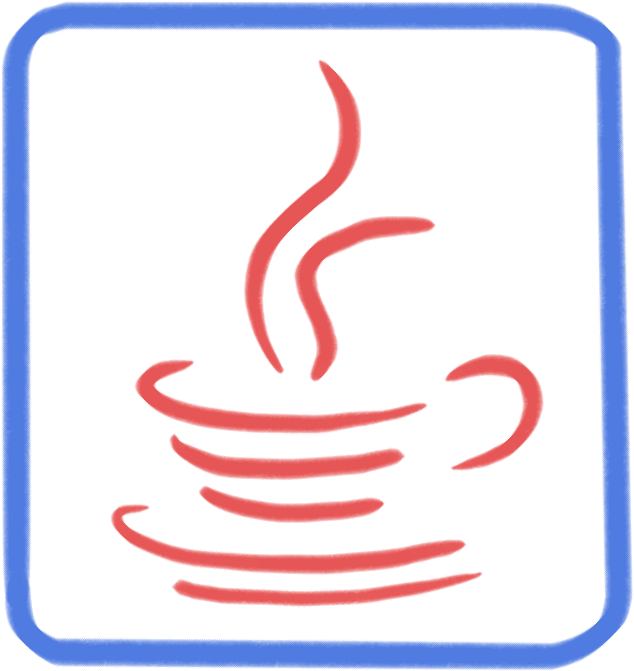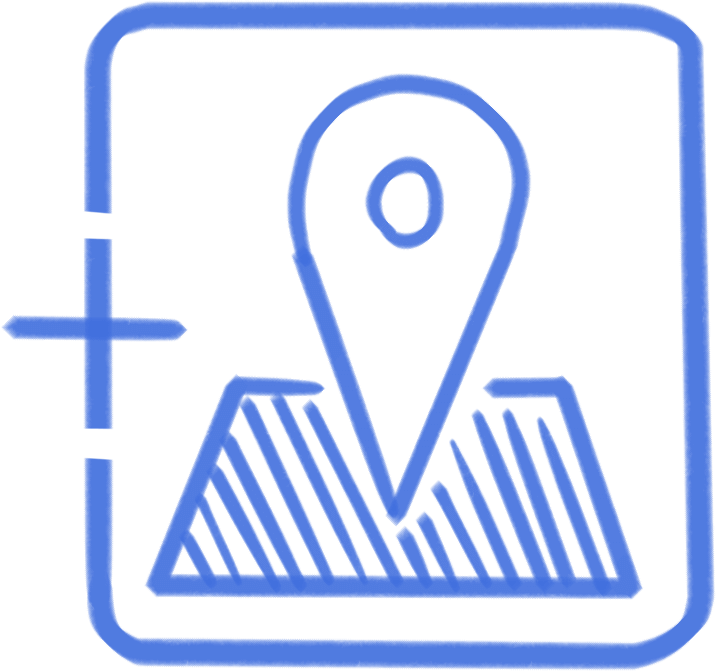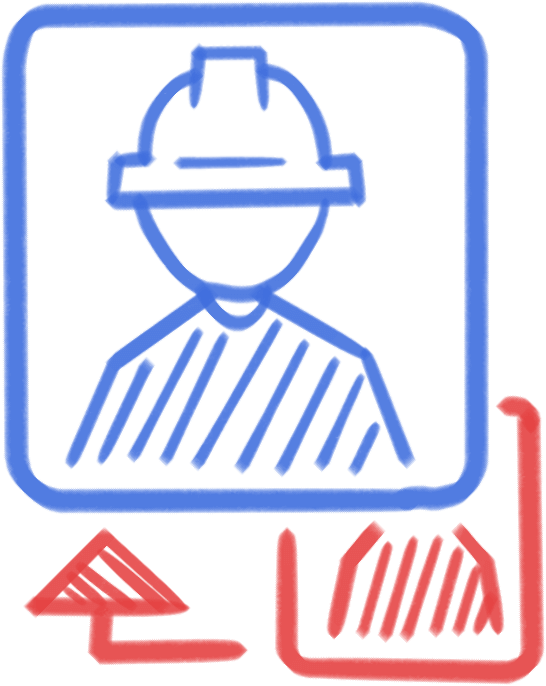
Webswing Modernisation Framework
Webswing Modernisation Framework
Unlock the full potential of your legacy Java application with Webswing.
Discover how to enhance your Java applications by leveraging new web capabilities available through Webswing Modernisation Framework. Learn the next steps for modernising your app after transitioning it to the web.
Choose Your Modernisation Path
Webswing offers four complementary modernisation approaches, each tailored to different goals, effort levels, and flexibility needs. These approaches can be mixed and matched to achieve your desired outcomes. Choose the right combination to enhance your application's capabilities and user experience.




| Web-Enable info | Extend info | Facelift info | Rebuild info | |
|---|---|---|---|---|
| Effort and Complexity info | Low | Moderate | Moderate | High |
| Impact on Business Logic info | Low | Low | Low | High |
| Remaining Technical Debt info | High | Moderate | High | Low |
| Development Limitations info | Limited to integrating web concepts | Requires seamless integration between web and Java | UI changes only, backend remains the same | Full transition needed for complete modernisation |
Web-Enable
Web-enable lets you bring basic web capabilities to your Java applications without significant rewrites. This non-intrusive method allows you to integrate features like single sign-on (SSO), URL navigation, touch input support, or embedding in other native web applications. Key advantages include ease of implementation, low coding effort, preservation of your existing business logic, and low maintenance costs.
While perfect for quick modernisation wins, this approach is best suited for improving the user experience of your existing Swing application. It is not the optimal choice for a complex UX transformation or addressing significant technical debt. It's an ideal starting point when facing immediate needs with a time or resource-constrained modernisation effort.
Characteristics
- Easy & low-effort approach to start with
- Non-intrusive approach
- Works side-by-side with Swing native version
- Limited Modernisation Scope
- Constraints on UX Overhaul
Effort and Complexity
The amount of development effort and complexity involved.
Impact on Business Logic
The extent to which the existing business logic will be altered.
Remaining Technical Debt
The amount of technical debt that remains after the approach is implemented.
Development Limitations
Significant limitations or constraints in the development process for each approach.
Use Case
Challenge:
A mid-sized enterprise with the legacy Java application, while functional, lacks modern features essential for streamlined workflows. They want to integrate single-sign-on (SSO) for user convenience, enhance the interface with updated visuals, and enable URL-based navigation to specific sections within the application. A complete rewrite is costly and time-consuming.
Solution:
The company adopts Webswing and its 'Web-Enable Swing' approach. With this framework, the core Swing application logic remains untouched. Webswing embeds the application within a web environment while providing APIs to bridge the gap between Swing and modern web technologies.
Developers seamlessly integrate their existing SSO system with the Swing application. They use web technologies (HTML, CSS, JavaScript) to enhance the user interface alongside the core Swing portions. URL navigation is implemented, allowing users to bookmark and share specific inventory views. The application gains a contemporary feel while preserving its critical business functionality.
Extend
The Extend approach lets you seamlessly add web-based features to your existing Java application. Supercharge your application with capabilities like interactive web maps, JavaScript charting libraries, reporting tools, or rich video/audio content.
This approach allows for targeted modernisation without a complete rewrite, minimizing disruptions and keeping technical debt in check. New web-based components work side-by-side with your native Swing/SWT elements, preserving your critical business logic.
Characteristics
- Targeted Modernisation
- Preserves Business Logic
- Limited Modernisation Scope
- Constraints on UX Overhaul
Effort and Complexity
The amount of development effort and complexity involved.
Impact on Business Logic
The extent to which the existing business logic will be altered.
Remaining Technical Debt
The amount of technical debt that remains after the approach is implemented.
Development Limitations
Significant limitations or constraints in the development process for each approach.
Use Case
Challenge:
A manufacturing company's existing Java Swing application provided basic production line monitoring, but they needed more advanced data visualization and analytics tools to improve decision-making.
Solution:
The company leveraged Webswing's Modernisation Framework with the 'Extend' approach. This allowed them to seamlessly integrate new web-based features into their existing Swing application.
The company successfully added:
- Interactive Google Maps for optimized delivery route planning.
- Advanced charting libraries for real-time production line analysis.
- Web-based reporting tools for customizable report generation.
These additions significantly enhanced their data-driven decision-making capabilities, without requiring a major overhaul of their core Swing application.
Facelift
The Facelift approach efficiently transforms the UI of your Java application. By simply changing the look and feel in Swing, you can switch between web and Swing rendering without rewriting your business logic. The component tree logic remains intact; only the rendering logic is modified, and this change is reversible.
This method is perfect for preserving critical business logic while enhancing the user interface. Updating the rendering to native web components improves testability and user experience, making it easier to refine your application's appearance.
Characteristics
- Efficient UI Transformation
- Preservation of Business Logic
- Scope Limited to UI
- Rendering Complexity
Effort and Complexity
The amount of development effort and complexity involved.
Impact on Business Logic
The extent to which the existing business logic will be altered.
Remaining Technical Debt
The amount of technical debt that remains after the approach is implemented.
Development Limitations
Significant limitations or constraints in the development process for each approach.
Use Case
Challenge:
A telecommunication corporation's existing Java Swing application had a functional backend, but the outdated user interface negatively impacted user experience (UX). They were hesitant to undertake a complete system rewrite due to the inherent risks and potential disruptions.
Solution:
The company adopted Webswing's Modernisation Framework, specifically the 'Facelift' approach. This enabled them to revamp the application's frontend using modern web technologies (HTML5, CSS3) while preserving the entire backend logic.
The 'Facelift' approach delivered a visually appealing and intuitive new user interface. This modernisation significantly improved user experience while minimizing risk by avoiding major backend changes.
Rebuild
While the Rebuild approach requires more development effort, it is the most flexible in the long run. It's the best choice for complex applications where a strategic, step-by-step transition is essential for business continuity. This approach allows you to incrementally rebuild sections of your application using the technology of your choice. You can prioritize high-value features for modernisation first, delivering user benefits while gradually transforming the entire application. This approach also helps you progressively reduce your technical debt over time.
Characteristics
- Gradually updating entire project towards new technologies
- Gradually removing tech-debt
- Increased Development Effort
Effort and Complexity
The amount of development effort and complexity involved.
Impact on Business Logic
The extent to which the existing business logic will be altered.
Remaining Technical Debt
The amount of technical debt that remains after the approach is implemented.
Development Limitations
Significant limitations or constraints in the development process for each approach.
Use Case
Challenge:
A large enterprise had a complex, mission-critical Java Swing application that needed modernisation, but a complete rewrite introduced too much risk and potential disruption to their business operations.
Solution:
The company adopted Webswing's Modernisation Framework with the 'Rebuild' approach. This enabled a phased transition, allowing them to gradually rewrite sections of the application using web technologies while integrating these new components seamlessly with the remaining legacy Swing parts within the browser. The 'Rebuild' approach facilitated a controlled, step-by-step modernisation to a fully web-based application. This minimized business disruption and downtime, mitigating the risks associated with a complete overhaul. Even with some complex elements remaining in Swing, Webswing ensured their smooth operation within the modernised environment, providing a cost-effective and strategic modernisation path.
